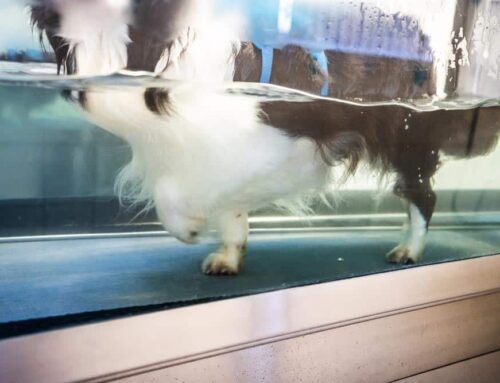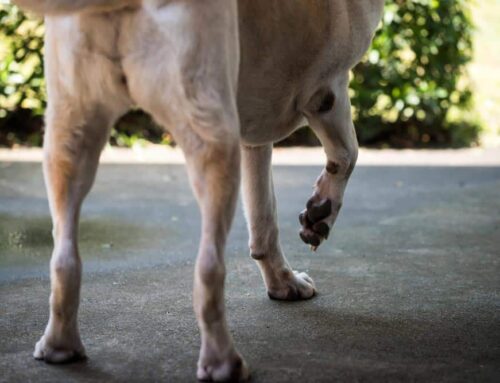When it comes to exotic pets, taking care of their health and safety is paramount. With their unique needs and physiology, it’s important for you to be aware of the steps to take during an emergency. In this guide, we’ll discuss different aspects of emergency care for exotic pets, from identifying the signs of distress to post-emergency care and recovery.
Recognising the Signs of Distress in Exotic Pets
- Lethargy: A sudden decrease in activity or interest in surroundings can be a sign that your pet isn’t feeling well.
- Loss of appetite: If your pet is refusing food or showing reduced interest in meals, it may be cause for concern.
- Rapid or laboured breathing: Changes in breathing patterns could suggest respiratory issues.
- Physical injuries: Visible wounds, bleeding or swelling are clear signs of distress.
Understanding and recognising these signs is the first step in ensuring your pet’s well-being. If you notice any of these symptoms, act promptly.
Immediate First Aid Measures for Exotic Pets
Step 1: Ensure Safety
Before tending to your pet, ensure that both of you are safe from further harm.
Step 2: Stay Calm
Avoid panicking, as it can increase your pet’s stress levels. Remain calm and handle your pet gently.
Step 3: Contact a Vet
After ensuring immediate safety, reach out to a veterinarian for guidance.
The Importance of Special Veterinary Care
Exotic pets require specific care that might differ from common domestic animals. It’s important to consult a veterinarian with experience in handling exotic pets. Differences include:
- Unique physiology: Exotic pets have distinct anatomies and health requirements.
- Tailored treatment plans: A vet with specific knowledge can provide more effective care.
Common Emergency Scenarios and Their Management
Scenario 1: Respiratory Distress
Monitor breathing patterns and keep the pet calm. Ensure the environment is free from irritants.
Scenario 2: Ingestion of Toxic Substances
Prevent your pet from consuming more of the harmful substance and consult a vet immediately.
Scenario 3: Physical Trauma
Protect the injury, avoid direct contact and seek veterinary care as soon as possible.
Preparing an Emergency Kit for Your Exotic Pet
Prepare a kit to ensure you are equipped to deal with emergencies promptly. It may include:
- Gauze and bandages: For addressing wounds or injuries.
- Infra-Red thermometer: To monitor your pet’s temperature.
- Contact information: Always have your vet’s contact number readily available.
Post-Emergency Care and Recovery for Exotic Pets
After an emergency, continuous monitoring and care are important to ensure your pet’s recovery. Key steps include:
- Observation: Monitor your pet’s behaviour closely.
- Dietary adjustments: Consult your vet about any necessary changes to your pet’s diet.
- Rehabilitation: Pets may require additional care or therapy to regain their strength.
General and Emergency Vet Services for Exotic Pets in Wollongong
Understanding the unique requirements of exotic pets goes beyond just emergency veterinary care. Issues like diet and housing play an important role. At Cannon & Ball Veterinary Surgeons, we understand the unique needs of exotic pets. Our veterinarians in Wollongong offer information and guidance for general and emergency care. If you have any questions, reach out to us for a consultation.





